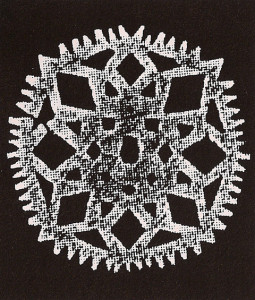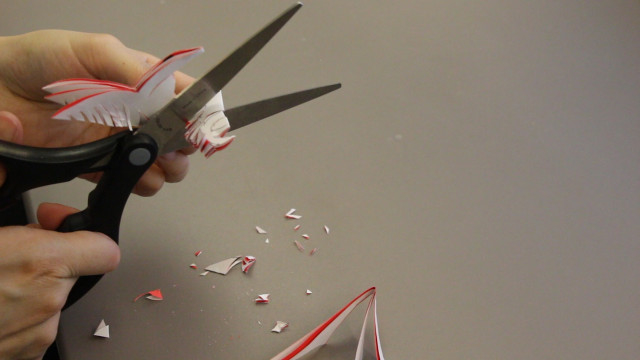One of the many traditions during Chinese New Year is cutting and hanging bright pieces of paper cut into intricate designs. It’s a craft that dates back more 1,500 years.

One of five oldest paper cutouts discovered in a Xinjiang archeology site dating to the Southern and Northern dynasties (486-581 A.D.) Source: “Chinese Folk Art” by Nancy Zheng Berliner. From the BoveyBlog.
Literally called “jianzhi” (剪纸) or “cutting paper”, the art developed around the fifth century A.D. after China invented paper sometime between 140 B.C.E. and 105 A.D. Early on the purpose of the cuts were decorative, writes Nigel Cameron in the Society for Anglo-Chinese Understanding magazine “China Now” in 1976.
“In a land where windows were of paper and not glass, and where decoration in ordinary houses was sparse enough, a bright-red papercut of a pair of mandarin ducks was both a symbol of conjugal felicity and a pleasing touch of colour,” Cameron writes. “At night when the lamps were lit, it could be seen from outside as well, creating good cheer in both places.”
Paper cuts were also used as patterns for wood-carver, potters, embroiderers, and for sacred rituals.
Chinese paper cutting is so special in fact, that in 2009 it became the only world paper cutting craft listed on UNESCO’s List of Intangible Cultural Heritage of Humanity.
Watch as Victoria Li — our resident paper artist — creates a fast and amazing paper cut for spring festival.

 CGTN America
CGTN America
